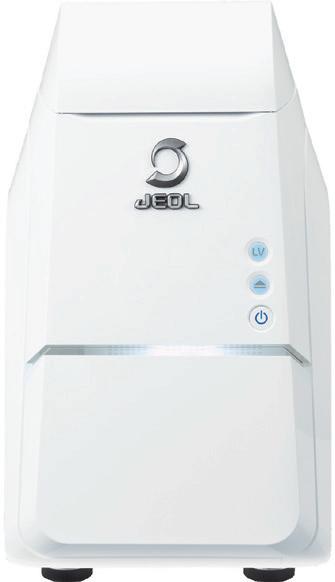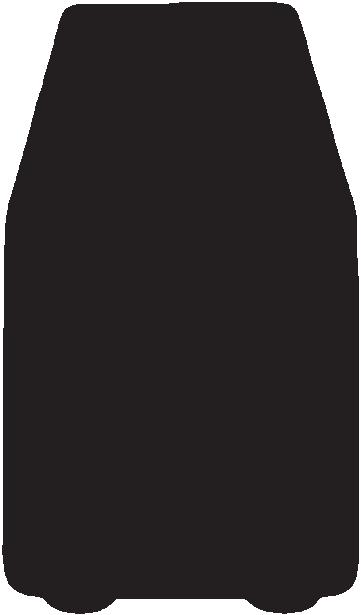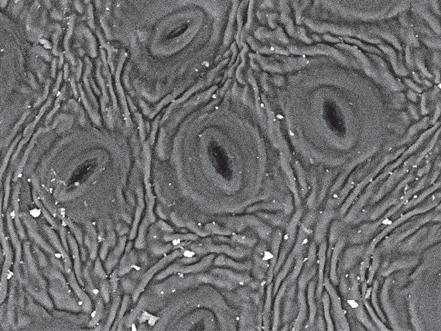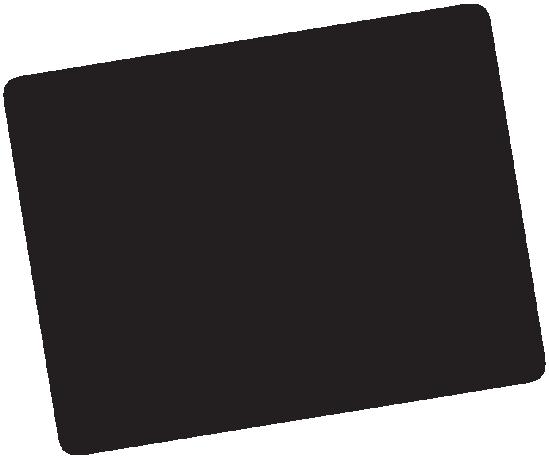
4 minute read
The Advantages of Precise Temperature Control for Block-on-Ring Lubricant Testing
Source: Coherent Scientific Pty Ltd
A significant number of mechanical components function under lubricated conditions, where the primary role of the lubricant is the reduction of both friction and wear of sliding contacts. Variation of interfacial friction in a wide range of operating conditions affects the behaviour and performance of the lubricant. Hence, it is critical that lubricant and machinery manufacturers understand the oil-surface interaction so that better selection of both lubricants and component materials can be made for different applications. Bruker’s UMT TriboLab allows the complex interplay of sliding velocity, force and temperature to be easily evaluated. The newly introduced liquid heating chamber stores up to 170 mL of lubricant, and is specially designed to prevent liquid spillage, even during high-speed horizontal axis rotation (≤5000 rpm), on the TriboLab Block-On-Ring Module. Elevated temperature testing is enabled with the chamber’s direct-contact heat transfer between the heater and liquid, via rapid and homogenous heating to the entire lubricant reservoir, from ambient to 150°C. Test sequences including ramp rates, temperatures velocities and many other parameters are easily programmed to simulate different real-world work conditions in material and lubrication testing across a wide range of applied loads. The rate of wear and/or total wear is easily calculated through real-time monitoring and data acquisition of the test specimen dimensional change.
Coefficient of Friction and Lubrication Regimes
Frictional characteristics of metal to metal during lubricated sliding contacts are influenced by the asperity height and lubricant film thickness. With a proper tribosystem setup, the contact interface going through the region of asperity contact (boundary), semi fluid-film separation (mixed), as well as full fluid-film separation (hydrodynamic), can be easily distinguished by plotting the coefficient of friction (COF) against the V/Fz ratio. High friction (COF >0.1) was observed at low V/Fz as the two metal surfaces came into direct contact, and the load is mainly supported by surface asperities. In boundary-friction-dominated operating conditions, the relationship between the friction coefficient and temperature at the contact surface is important to determine the performance of lubricants, where viscosity of a lubricant changes with temperature. The friction coefficients of Bio-A and Synthetic-B lubricants were observed to increase as the contact temperature increased from 25°C to 120°C. Typically, the rise in friction coefficient is less rapid in the lower temperature range. At lower temperatures, the lubrication film is thicker due to higher viscosity. Both lubricants were very close in performance, so enhancing the understanding of their small differences made it possible to identify the former as a greener substitute in the pursuit of green tribology and sustainability.
Lubricated Sliding Wear Test
The block-on-ring wear test is a common method for assessing the wear behaviour of materials in laboratories due to its feasibility in scientific investigation of wear mechanisms under various conditions. The ASTM G77-17 standard describes the reporting of scar width, scar depth, scar volume, and COF, in the ranking resistance of materials to sliding wear using block-on-ring wear tests. The UMT TriboLab provides real-time monitoring of in-situ scar depth measurements and COF that provides better understanding to the mechanisms of wear formation during sliding wear tests. This study found the Bio-A and Synthetic-B lubricants were very close in performance, across the tested temperatures.



Conclusions
The Stribeck curve generation that is done using unidirectional testing has been demonstrated as a reliable method for lubricant evaluation due to its clearer discrimination of boundary, mixed, and hydrodynamic lubrication regimes. The benchtop UMT TriboLab equipped with a liquid heating chamber and block-on-ring module provides unprecedented flexibility that allows researchers to perform multiple measurements at different conditions, which is essential in understanding key performance differences of lubricants at different regimes. This modular design of TriboLab enables lubricants and materials testing, at a horizontal axis rotation, that is ideal for a wide range of test methods including, ASTM G77, ASTM D2509, ASTM D2714, ASTM D2782, AST D3704 and other testing standards.
References
1. Earle, J. and S. Kuiry, “Characterisation of Lubricants for Research and Development, Quality Control and Application Engineering” Bruker Application Note #1000 (2012) 2. Shaffer, S., “Generating a Stribeck Curve in a Reciprocating Test (HFRR/ SRV-type test),” Bruker Application Note #1004 (2014) 3. ÄSTM G77-17, Standard Test Method for Ranking Resistance of Materials to Sliding Wear Using Block-on-Ring Wear Test, ASTM International, West Conshohocken, PA, (2017).
Author
Damien Yiyuan Khoo, Senior Applications Scientist, Bruker NanoSurfaces and Metrology Division damien.khoo@bruker.com Bruker Nano Surfaces and Metrology Division, San Jose, CA, USA Ph: +1 866 262 4040 productinfo@bruker.com www.bruker.com/tribolab
Smart, Flexible, Powerful

Automatic transition from optical image to scanning electron microscope (SEM) image Real time display of elemental composition during image observation Advanced auto functions provide clean images from low to high magnification Low vacuum (LV) mode for imaging non-conductive specimens, without pre-treatment High vacuum (HV) mode enables observation of detailed morphology 3D reconstruction (Live 3D) during image observation SMILE VIEW Lab links optical and SEM images, EDS data and locations for data review and reporting




Ph: (08) 8150 5254 / Mob: (0488) 177 540 jeshua.graham@coherent.com.au www.coherent.com.au
Holly olive leaf image acquired in low-vacuum mode











